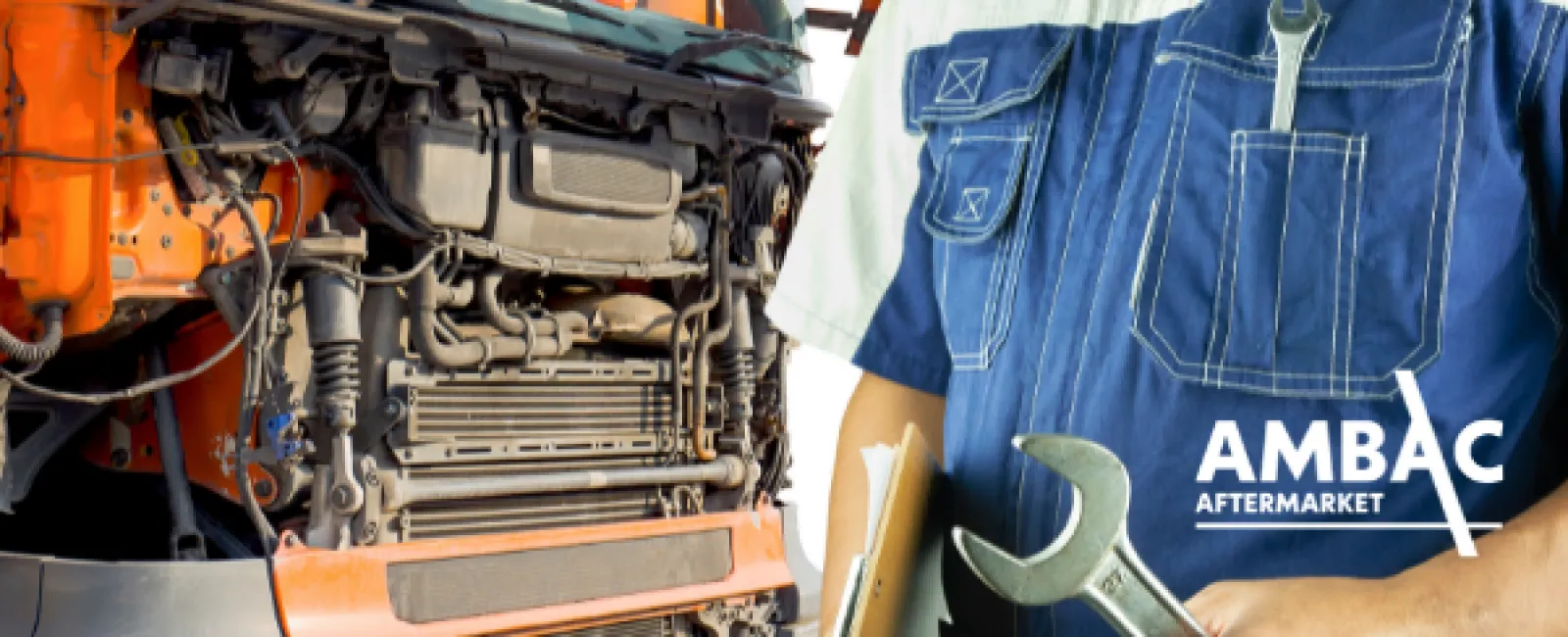Pintle nozzles...In todays' engines, pintal nozzles are used primarily in gasoline applications- more specifically in GDI (Gas Direct Injection). As we discussed in previous articles, GDI has atomizes and sprays the fuel directly in the combustion chamber, on top of the piston. Due to the configuration of the pintal nozzle, there is a buildup of carbon that attaches itself to the cone of the pintal, disturbing the spray pattern. As the buildup increases, unequal distribution of the spray will give an unequal burn, which will develop into a misfire or knock...and could possibly create a hot spot on the piston, or in extreme cases melt a hole in the piston. Unfortunately, this condition is rectified (perhaps) by using a "cleaning" additive to the fuel, mechanically flushing the injection system with specialized equipment and a strong solution, or by having to remove the injectors and have them serviced or replaced.
The multi-hole nozzles are the primary nozzle used in diesel applications. The largest problem found in any modern diesel engine today is the quality and cleanliness of the fuel. As previously mentioned, today's Common Rail applications are reaching pressures up to 30,000 PSI. In order to reach those high pressures, the internal tolerances are much tighter than in previous iterations of nozzles (some as tight as 2 microns of rotational tolerances). Since the fuel is the only lubrication the injector and therefore the nozzles see, clean fuel is a must. Even if you are keeping up with the filter changes, part of the problem is the supply of fuel...almost all in-ground storage tanks have contamination (dirt, water, or algae) that has settled to the bottom of the tank. You should NEVER get fuel if you see a fuel truck delivering fuel (as the velocity of incoming fuel stirs up what is in the tank) - the problem is that the delivery truck might have just left, and you didn't see it !!
Water in the fuel is a huge problem, as the water raises the boiling point of the fuel, but even more than that it adversely affects the lubricity of the fuel, which is critical...especially since the sulfur that was there as a lubricant has been removed by the EPA edict. Water in the fuel is the primary cause of blown nozzle tips. If you have your own above-ground storage tanks, condensation forming on the inside of the tank above the fuel line (especially in rapidly changing temperatures) will form droplets and go straight to the bottom of the tank. Keeping these storage tanks full will reduce this issue...Replumbing your storage tank is advisable if you have a gravity feed at the bottom of the tank.
Dirty fuel or fuel with algae in it is also a problem for today's high-pressure systems. You can usually tell if contamination is an issue by inspection...there are a few pictures attached.
The other issue we face in North America is the actual quality or combustibility of the fuel itself. The Cetane rating is a measure of this. Diesel fuel has over 100 components that affect the Cetane (which is similar to the Octane rating in Gasoline).
In North America, the Minimum Cetane rating is 40...in Europe, the minimum is 51. This is worse than what it appears, as this is a logarithmic scale. The only thing that can be done is to use an additive to improve both the Cetane rating and the lubricity. These are readily available...just stay away from any that have alcohol in them...these should only be used in extreme cases where fuel line freezing or paraffin build-up is present. The alcohol will destroy the lubricity of the fuel and a seizure of the pump or injectors will occur.
